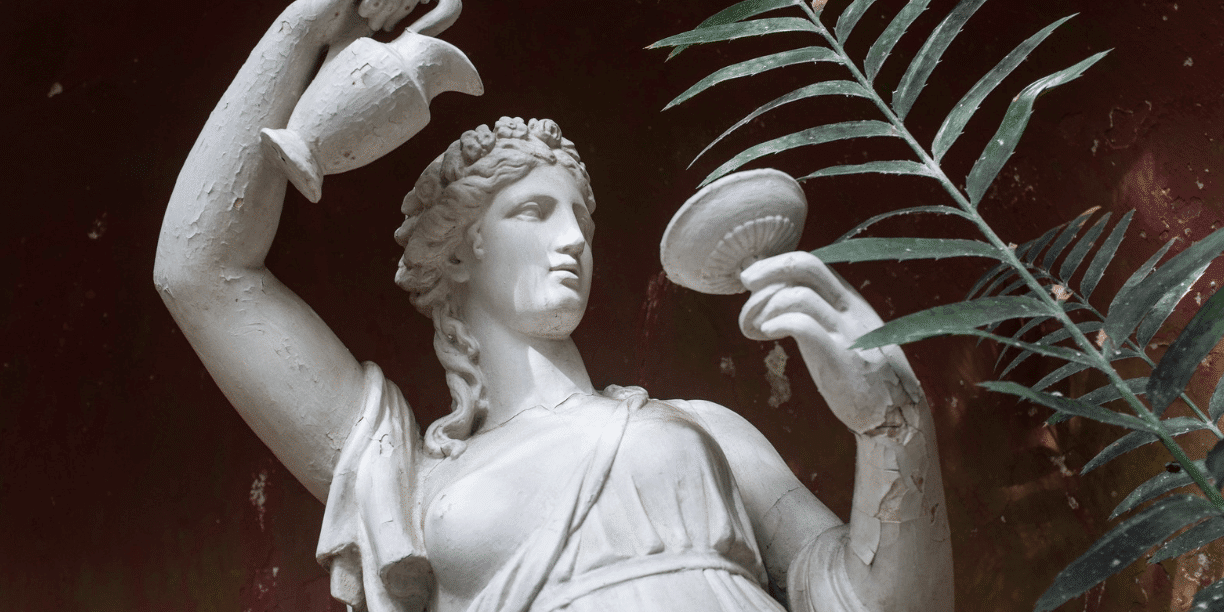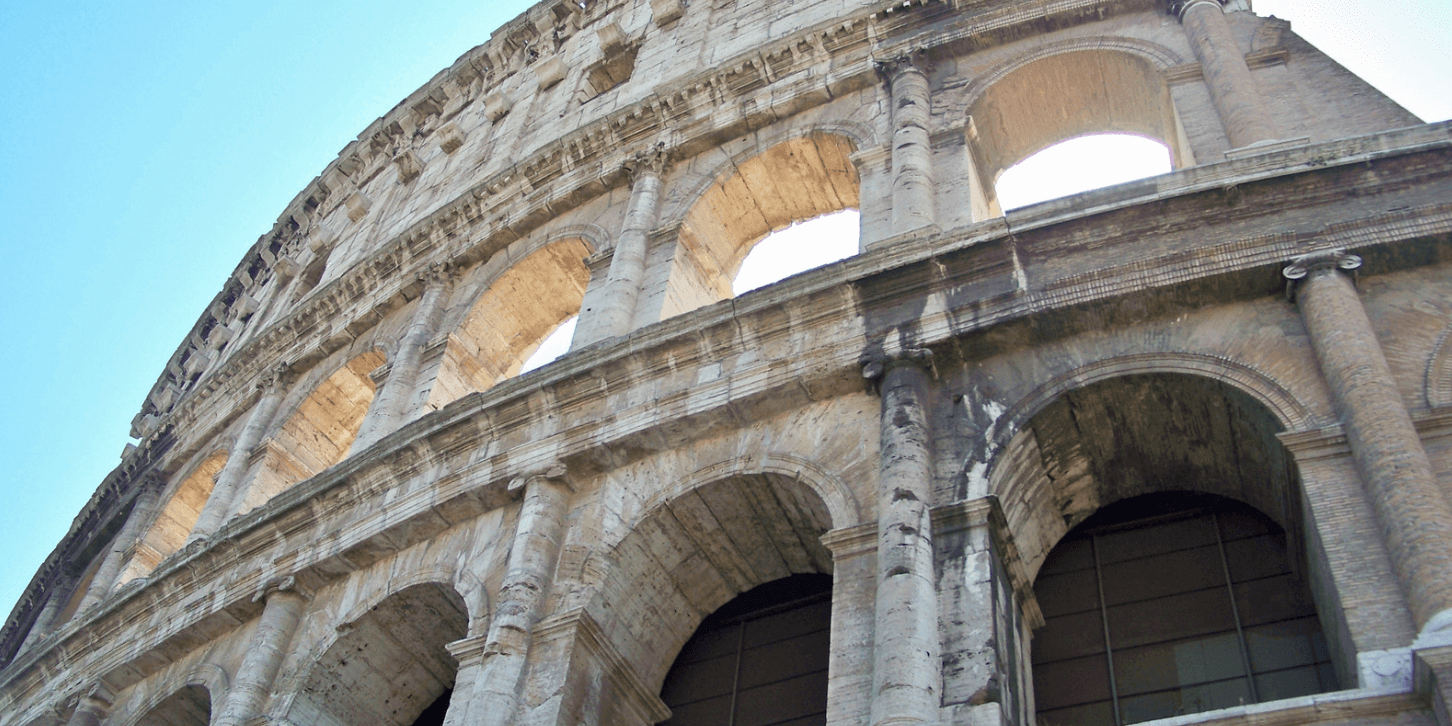RECENT POSTS
Categories
History of Christmas
When we think of Christmas, a certain set of sounds, images, and feelings come to mind. Colorful lights strung across snow-covered houses. The jingling of bells. Embroidered stockings above a crackling fire. Children laughing, ripping gleefully through patterned paper to see what Santa delivered as they slept. This cultural and religious event, celebrated by most Americans on December 25th, has remained rooted in our collective consciousness for thousands of years.
Christians highlight the birth of Jesus as the “reason for the season, honoring his life through nativity plays, Christmas carols, advent calendars, and a midnight Mass or candlelight service. As for more secular traditions, most of us have fond memories of decorating trees, exchanging thoughtful gifts, sharing a meal with our loved ones, and baking Christmas cookies for Santa on Christmas Eve.
While Christmas officially began in the 4th century, when the Pope declared December 25th as a celebration of Christ’s birth, you might be surprised to learn that the roots of this holiday are far older than the Roman Empire. Various forms of Christmas have been celebrated through the millennia by hundreds of different cultures. Continue reading to discover the true history of the holiday dubbed “the most wonderful time of the year.”

Ancient Europe: Festivals, Feasting and Fires
In ancient Europe, celebrations and festivals closely followed the changing of the seasons. By the mid to end of winter, the livestock had been slaughtered and stored and the crops harvested. December was dark and freezing then as well as now, so people warmed up with alcohol made from the extra grain harvested. Until spring came, Ancient Europeans had little to do around the winter solstice but drink and celebrate, rejoicing that the worst of winter lay behind them. Dancing, drinking, feasting, and gift giving were all common at these festivals, as was hanging apples from evergreen trees to celebrate longer days to come.
The traditions that developed during these solstice celebrations differed by location. In Scandinavia, Nordic peoples celebrated the festival of Yule. On the night of Yule, fathers and sons would build bonfires out of enormous logs. Each spark was thought to represent the birth of a pig or calf in the new year. Drinking, dancing, and celebration followed, and the party did not stop until the fire died.
Other Ancient Cultures: Death, Resurrection and Wife Swapping
Winter solstice celebrations weren’t limited to Europe. According to Ancient Egyptian mythology, the god Osiris was killed by a jealous brother and then raised from the dead by his wife, the goddess Isis. Ironically, the Ancient Egyptians celebrated his death and resurrection on December 25th, decorating their homes with green date palm leaves that represented immortality.
Across the world in the Arctic Circle, Inuit peoples celebrated the winter solstice by (allegedly) harpooning Sedna, the goddess of the sea, by luring her up with a sacred song. Once a man had speared Sedna, he would return to show his bloody harpoon to his community, and the winter solstice festival would begin. Inuit solstice traditions included feasting, cross-dressing, tug of war, and swapping wives for the night.

Ancient Rome: Saturnalia, Juvenalia, and Christianization
Prior to the birth of Jesus, Ancient Romans celebrated the pagan festivals of Saturnalia and Juvenalia around the winter solstice. Juvenalia was celebrated on December 25th. This festival, which commemorated the birth of the warrior god Mithra, was the most sacred date on the Roman calendar. The story of Mithra and the life of Jesus have striking parallels, including a last meal, a death, and a resurrection.
Saturnalia was dedicated to Saturn, the god of agriculture. Businesses were closed and war put on pause during this holiday. Romans decorated their homes with candles and wreaths of evergreen branches, invited friends and family to elaborate feasts, and exchanged presents with one another in the name of good fortune. Interestingly, this festival also upended the strict social order - masters waited on their slaves, and all enjoyed equal amounts of food. While this holiday was dedicated to merriment, generosity, and relaxation, it was also a time of utter debauchery. Gambling, drunkenness, and orgies are not typically what we associate with Christmas, but these were key features of Saturnalia.
Upon the arrival of Christianity, the winter solstice took on a whole new meaning. Around 200 AD, Christians began celebrating the birth and resurrection of Jesus with a “Christ-mass” service around the symbolic winter solstice. To stomp out the pagan festival of Juvenalia, Pope Julius I instated a ceremonial “Feast of the Nativity” celebration on December 25th. Alongside said feast, Christians decorated their homes with holly and ivy (representing Christ and Mary), and sang carols door-to-door. However, the pagan traditions of the winter solstice weren’t so easily dismissed. From the Middle Ages onward, pagan elements of overindulgence, revelry, and vice persisted at Christmas time alongside solemn religious observance.
It was around this time that the god Odin (or Father Christmas) and Christian Saint Nicholas combined into a new figure. The cloaked and bearded Nicholas of Myrna, an early Christian monk known for his generosity, was considered the patron saint of children and the poor. Odin was a powerful pagan god depicted as an old man who patrolled the skies on an 8-legged horse. Our “Santa Claus” developed from a combination of these individuals, as did the tradition of leaving gifts for him to find. On the eve of the winter solstice, children hung straw-filled stockings by the chimney for Odin and his horse. In the morning, they would find treats and toys in their stockings instead of straw.
In the 19th century, Queen Victoria breathed new life into Christmas with official traditions - ones we recognize today. Her decree made Christmas trees, decorations, carols, and gifts necessary staples of the holiday. Charles Dickens’ “A Christmas Carol” also helped cement Christmas as a mainstream Victorian holiday - this work centered around goodwill and generosity, and no Victorian wanted to be a Scrooge.

Christmas in America
On the subject of Scrooges, the Puritans across the pond opposed Christmas and everything it stood for. Objecting to the pagan roots and merriment of Christmas, Puritan leaders outlawed the holiday in the thirteen colonies. Thankfully this ban did not hold, and Christmas persisted in many communities as an English holiday. Over the next hundred years, Americans would make Christmas their own, looking to ancient traditions and the customs of immigrant communities for inspiration.
Christmas was declared a federal holiday in 1870, and has only grown in popularity and influence. Today, Christmas is celebrated in the West as a commercial, cultural, and religious phenomenon. We look forward to the time with our families and the many opportunities to give to those in need. The outpouring of joy, faith, and goodwill during each Christmas season helps sustain us through the darkest, coldest month of the year.
Frequently Asked Questions
The Christmas tree tradition originated in Germany during the 16th century. It evolved from earlier traditions of decorating homes with evergreen branches during the winter. The custom became popular in the 19th century, especially after Queen Victoria and Prince Albert were depicted in a drawing with a Christmas tree, which led to the tree becoming a key symbol of Christmas in Britain and America.
One of the oldest known Christmas carols is "O Come, O Come, Emmanuel," which dates back to the 8th century. It is a Christian hymn that reflects the anticipation of the Advent season, focusing on the coming of Christ. Another ancient carol is "The Friendly Beasts," which tells the story of Jesus' birth from the perspective of the animals present at the Nativity.
Traditional Christmas foods vary globally. In England, mince pies and Christmas pudding date back to medieval times, originally made with meat and spices. In the USA, foods like roasted turkey and cranberry sauce are popular, influenced by Thanksgiving and British traditions. In Germany, stollen, a fruit bread, is a traditional Christmas treat, with its history dating back to the 15th century.
The tradition of gift-giving at Christmas has several historical roots. It is partly inspired by the gifts of gold, frankincense, and myrrh brought to Jesus by the Magi in the Nativity story. Additionally, it aligns with the Roman tradition of giving gifts during Saturnalia. Over time, these influences merged to form the modern practice of exchanging gifts at Christmas.
Mistletoe has been used in celebrations since ancient times due to its perceived magical properties of fertility and life. Its use in Christmas celebrations is believed to originate from Druid traditions. The custom of kissing under the mistletoe started in England in the 18th century and represents love and friendship.
Ready to work together? Contact us today for a free consultation.
HERE'S WHAT TO DO NEXT
If you or a loved one have been injured and think you might have a case, call us now for a free consultation.


